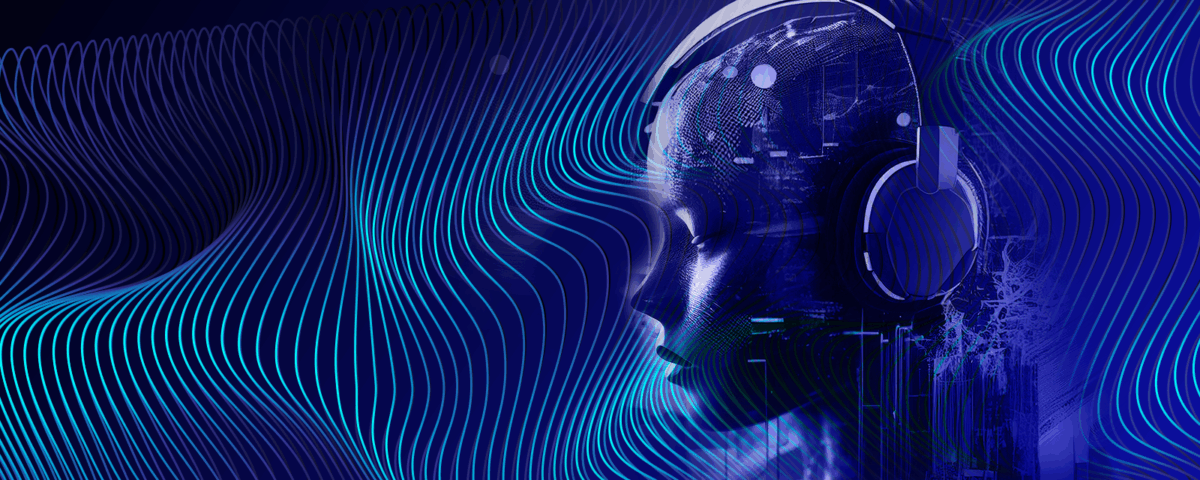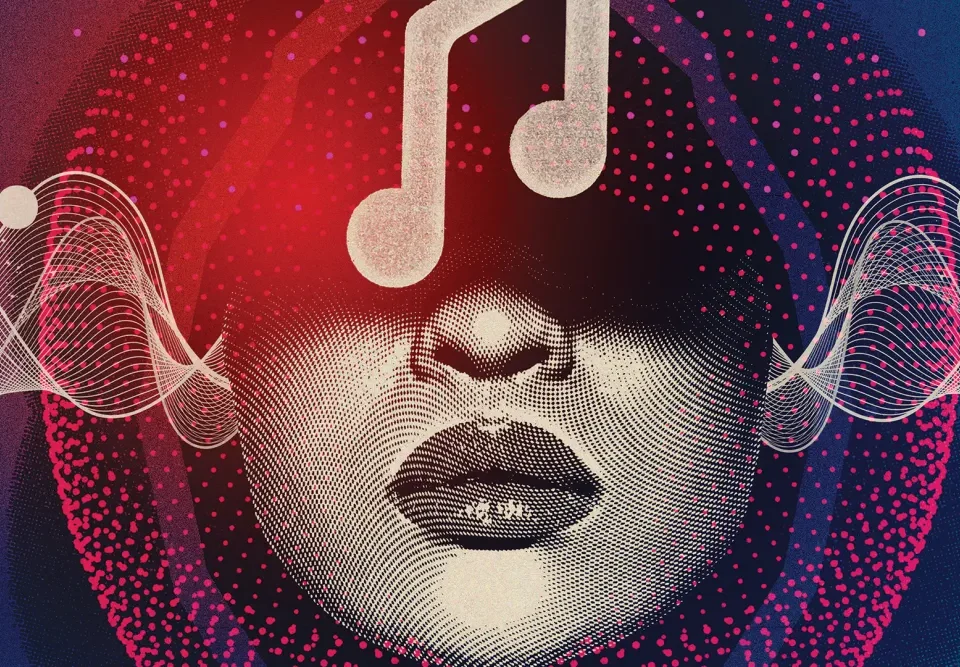
When AI Gets Serious: High-Risk Classifications Under the EU AI Act
12 Mayıs 2014
Is Copyright Enough? Why AI Music Might Need Neighbouring Rights Instead
13 Mayıs 2025When a human picks up a guitar and writes a melody, we know who gets the copyright. But what happens when AI composes the tune? As platforms like MuseNet and Magenta generate music at the click of a prompt, courts in the EU and UK are being forced to re-examine what originality means—and whether a machine can ever be “creative.”
🎨 Originality in Copyright: Still a Human Game?
Under EU law, a work must be the “author’s own intellectual creation.”1 UK courts, even post-Brexit, echo this—THJ Systems v Sheridan confirmed that mere effort isn’t enough; there has to be creative choice.2 But AI doesn’t have human intent or personality. Can its output ever meet this test?
Maybe. Legal scholars are starting to see that how a human interacts with AI might be key. If a user gives prompts, selects inputs, curates outputs, or edits the final product, that creative involvement could still meet the originality threshold.3After all, randomness isn’t new in art—Jackson Pollock built a career on intentional chaos.4
🎛️ Prompts as the New Brushstroke?
Think of it this way: AI is the paintbrush, the user is still the artist. The choices made in guiding the AI—what style to mimic, what instruments to use, how to refine the results—could reflect enough of the user’s creativity to justify copyright. Scholars Hugenholtz and Quintais argue that these “conceptual inputs” matter just as much as traditional forms of authorship.5
This means the law shouldn’t reject AI-assisted works outright. Instead, it should ask: Did a human make free and creative choices that shaped the final music?
🧠 What About Fully AI-Created Tracks?
Here’s where things get trickier. If a track is created with almost no human input, it might fall under the UK’s “computer-generated works” rule, which gives copyright to whoever made the necessary arrangements.6 But this is controversial—it sidesteps the whole originality question and risks granting protection to outputs that lack any human creativity.
Instead of stretching copyright, some experts suggest new legal tools—like neighbouring rights—for fully AI-generated music. (Spoiler: that’s what we’ll cover in the next blog post.)
🧩 Final Note: We Need a New Threshold
AI is changing how we define creativity. Rather than asking “Was this made by a human?” we might start asking: “Was there enough meaningful human input to show originality?” That’s the remix copyright law needs.
Footnotes
- Infopaq International A/S v Danske Dagblades Forening (C-5/08); Painer v Standard VerlagsGmbH (C-145/10). ↩
- THJ Systems Ltd v Sheridan [2023]; see Andreas Rahmatian, ‘European Originality in Copyright Law’ (2024) 55 IIC 1166. ↩
- Oya Sahin, PhD Proposal: Exploring Copyright in AI-Generated Music (2025), 2–3. ↩
- Dan L Burk, ‘Algorithmic Fair Use’ (2019) 86 U Chi L Rev 283. ↩
- PB Hugenholtz and JP Quintais, ‘Copyright and Artificial Creation’ (2021) 52 IIC 1190. ↩
- Copyright, Designs and Patents Act 1988, s 9(3).


